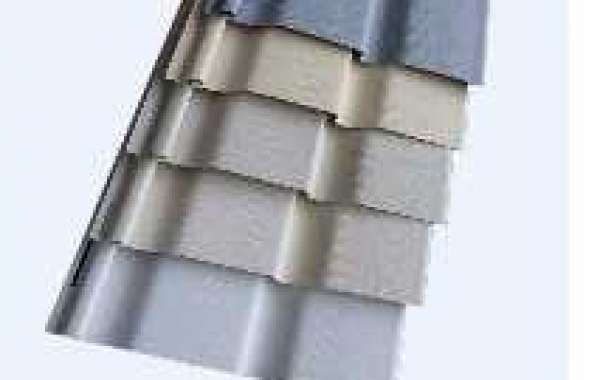The latest trends in biophilic architecture emphasize the importance of bringing the natural world into your home. This does not mean that you do not need to protect your house from external factors. Although large windows and indoor plants can provide a natural feel to any home, these homes need to be protected from rain, wind, humidity, and outdoor temperature.
Exterior wall cladding, usually called siding in the United States, plays a role in protecting the "skin" of the house. Protect the interior and structural components of the house from different external factors. Generally, the outer wall cladding is composed of several layers, including the outer surface of the wall, moisture-proof cling film, insulating layer, and moisture-proof layer. Plastic siding and bricks are the two most commonly used exterior wall materials. Modern building materials provide several different exterior wall cladding options.
What is PVC composite siding?
Polyvinyl chloride (PVC) composite cladding is a plastic exterior wall panel used to simulate Dutch laps, beading, vertical, logs, shingles, partitions or slats, very similar to the shape and cut of solid wood.
What are the advantages of PVC siding panels?
The PVC composite exterior wall can be used for at least 30 years and requires no maintenance. Although vinyl siding is made of PVC, composite siding is usually 500% thicker than the vinyl commonly found in homes today. Due to the increased thickness, PVC composite siding can provide additional R value and noise reduction compared with traditional vinyl siding. Most PVC composite wall panels are made of recycled materials and are recycled at the end of their useful life.
What are the disadvantages of PVC composite siding?
PVC composite exterior walls are still new to the market. Although the test proves to be quite positive, some people may find that there is a lack of long-term real-world verification. Manufacturers spend a lot of money on research and development, and they usually support their products by offering a longer warranty period compared to traditional siding options.
What is the hidden energy of PVC composite siding?
The embodied energy of PVC is 77.2 Energy MJ/kg, 2.41 Carbon kg CO2/kg. According to the US Life Cycle Inventory database, the embodied energy and carbon footprint of recycled PVC have been reduced by 97% and 95%, respectively. The use of recycled materials will not affect the durability and quality of the product.
What is the cost of PVC composite siding?
The cost per square foot of PVC siding is US$6.50 to US$10.50, with an average cost of US$8.50. PVC composite wall panels should be pressure cleaned every 1 to 3 years. Like other composite siding products, discoloration will occur over time, and you may need to repaint the siding every 10 to 15 years. Look for a manufacturer that provides colorfastness during the warranty period and does not require repainting.
Of course you will definitely use the Wall panel accessory when you install the pvc composite board.





